Maybe the single biggest reason I wanted to visit Belgium was the movie In Bruges, a genius dark comedy starring Colin Ferrell and Brendan Gleeson, set in – you guessed it – Bruges. It made the place look like a fairytale town, besides which Bruges is reputed to be the best-preserved medieval city in Belgium.
Did it live up to the hype? For me, not really.
Of course, it’s a charming place, but it feels a bit like a Disneyland for grown-ups – like a more sophisticated amusement park, where the curtains and the tunnels are a bit less obvious.
It’s no grand conspiracy, but this is a city whose entire economy consists of lace shops, kitschy tourist places, fancy chocolate stores, and restaurants.
When I reached Bruges, I had been traveling for over three months, first around the US in a van, and then through Belgium. I was a bit tired of all this movement, never staying in the same place for more than three or four days. And as a fabricated, Disneyland kind of romantic place, there wasn’t a lot for one person to do in the town.
I did take a brewery tour, with a genuinely funny France-hating tour guide.
But even here… the main brewery operations had long since been moved outside of town, so what exactly were we touring?
I really enjoyed two things in town: first, going to the very edge of the tourist zone, which was encompassed by a ring of canals with parks and windmills, an area I found peaceful, with few tourists.
The parks were extensive, with ponds, swans and little castles. Not to mention a few alcoves and recognizable sights from the movie.
I also loved the city after dark. The crowds started to disappear, at least outside of the main restaurants, and most of the buildings are lit by tasteful floodlights. It’s quiet, and there was a slight drizzle. It really felt like another, older world (one that just happened to have great lighting and safe streets).
The canals were charming, too.
It wasn’t like this before – during the middle ages, Bruges was an authentic large town, a trading port and center of lace manufacture. But it started to silt up, and trade moved to Antwerp and other cities, leaving the city as a backwater. That’s the case for all these “authentic” medieval towns: once they were something important (otherwise they wouldn’t have been a city) and now they’re a curiosity (if they were still an important city, they wouldn’t have all these “authentic” old buildings).
I don’t mean to be so down on Bruges. I wouldn’t mind returning at some point.
It was a good town for pondering on two feet, for snacking on chocolate, and for people-watching. From Bruges, I traveled back to NYC, via Brussels, to return to work. This was the end of my travels in 2013.
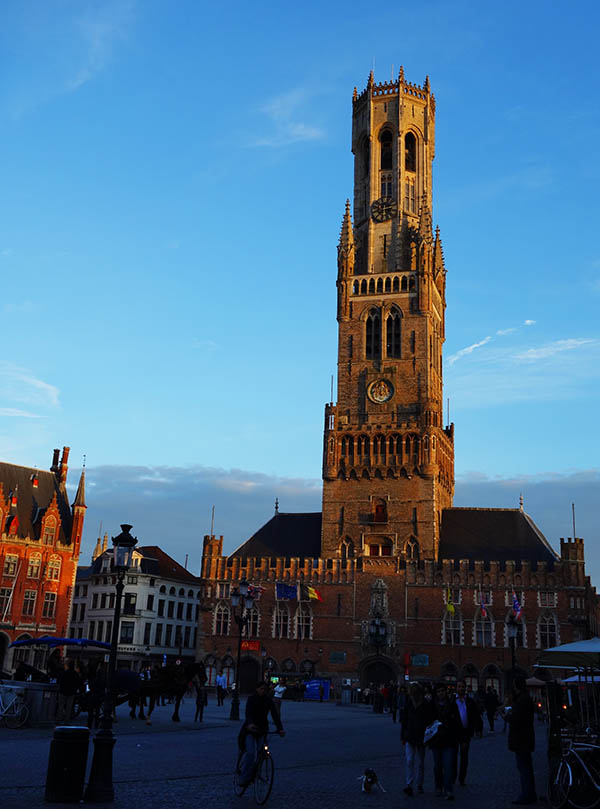

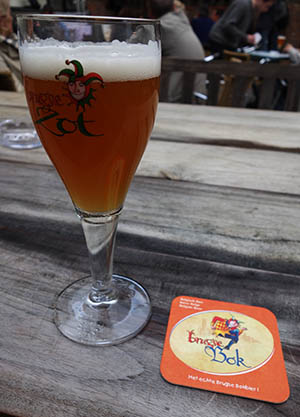
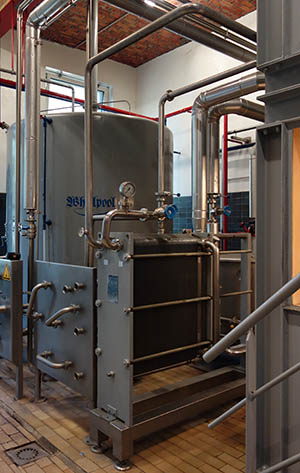
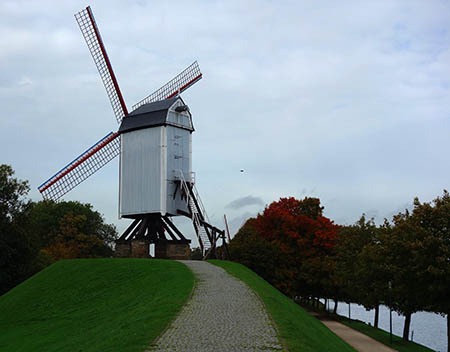
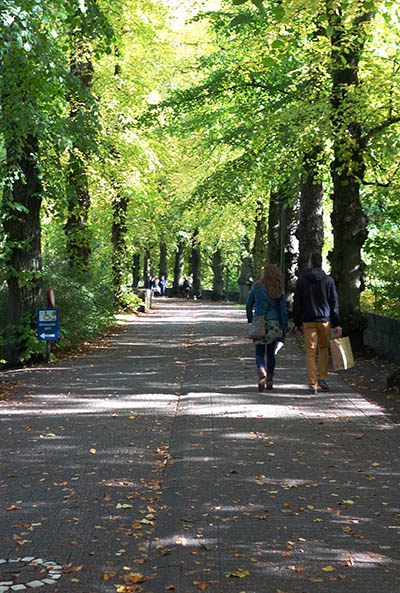

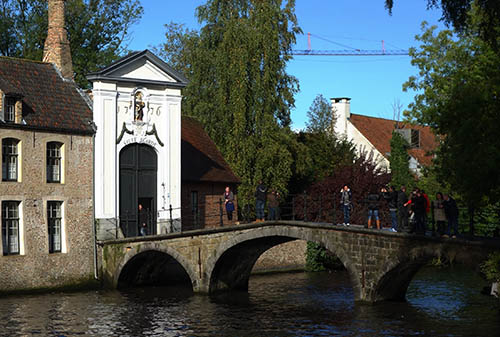
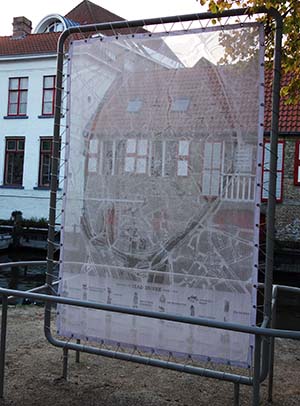
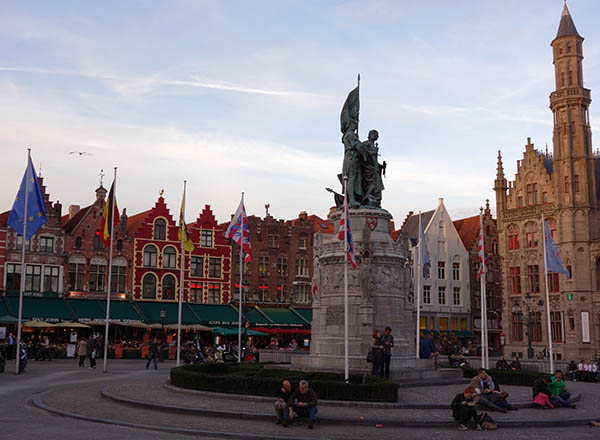
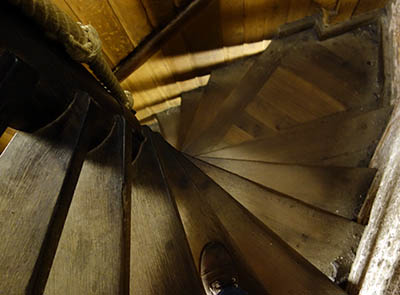

Pingback: Britain: Medieval York | Rob Travels